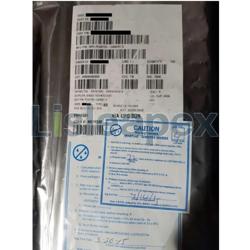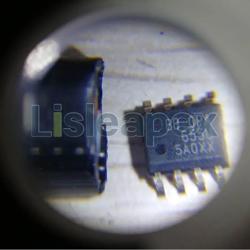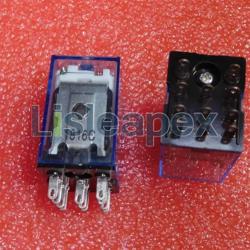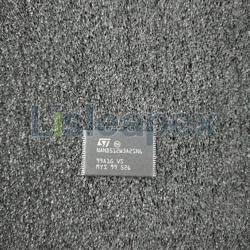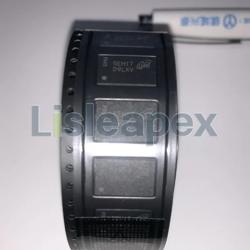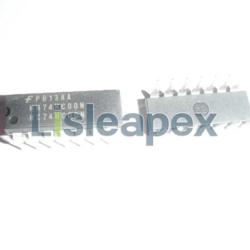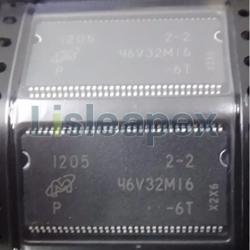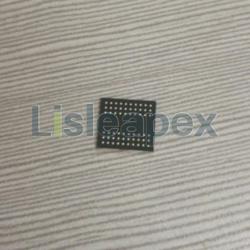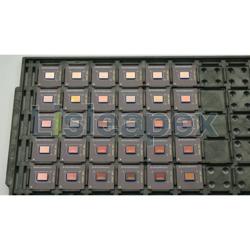The dosimeter consists of two fiber-optic coils, each several kilometers long, and will be operated by French astronaut Thomas Pesquet on the ISS.
iXblue, based in Lannion, France, has developed a fiber-optic dosimeter that will undergo its first test on the International Space Station (ISS). The device is designed to measure radiation doses within the space station, with the aim of ensuring the protection of astronauts and equipment against ionizing radiation in space.
The LUMINA collaborative project, led by the French National Center for Space Studies (CNES) in Paris, is part of the Alpha mission conducted by the European Space Agency (ESA). The dosimeter consists of two fiber-optic coils, each several kilometers long, and will be utilized by French astronaut Thomas Pesquet on the International Space Station.
iXblue's fiber-optic products have been used in space-grade fiber-optic gyroscopes for a long time. The company noticed that these fibers darken under the effect of radiation, which led them to the idea of utilizing the characteristics of these radiation-sensitive fibers to measure the level of ionizing radiation. Thierry Robin, R&D Director of iXblue's fiber-optic division, explained that radiation exists within the International Space Station.

This technology demonstrator is based on radiation-sensitive fibers specifically designed for the mission at iXblue's facility in Lannion and integrated by the company's aerospace team located in Saint-Germain-en-Laye. It is expected to collect data over several years and transmit it back to Earth periodically for analysis.
Fiber darkening decreases the output light signal, thus even at very low levels, it may be correlated with light loss and the received radiation dose. This dosimeter is particularly useful for measuring the exposure of astronauts on the ISS to radiation and holds significance for future long-duration space missions to Mars, providing alerts to astronauts during solar storms to ensure their protection.

 Congratulations On Your Successful Submission
Congratulations On Your Successful Submission
 Submission Failure
Submission Failure




